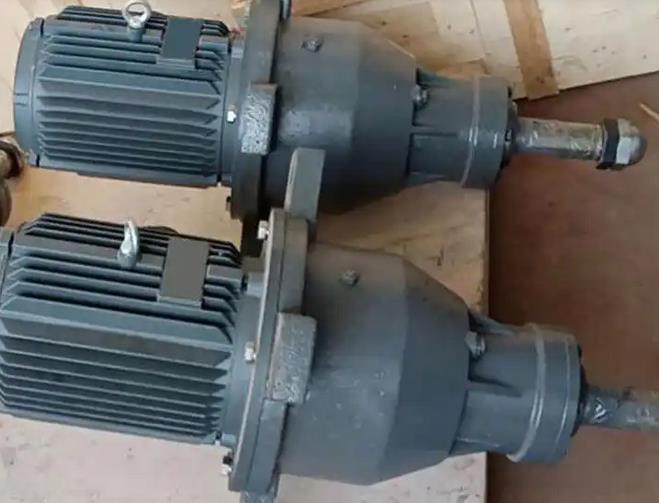Classification and characteristics of cylindrical gear reducers

This article will provide a detailed introduction to cylindrical gear reducers. Cylindrical gear reducers are divided into single-stage gear reducers, two-stage unfolding gear reducers, connecting split gear reducers, two-stage coaxial gear reducers, two-stage coaxial split gear reducers, three-stage unfolding gear reducers, and three-stage split gear reducers.
The characteristics of a single-stage gear reducer
1. Simple structure and high accuracy.
2. Gears can be made into straight teeth, helical teeth, and herringbone teeth. Straight teeth are generally used in situations with a circumferential speed of v ≤ 8m/s and light loads; Diagonal and herringbone teeth are used for circular speeds of v=25 to 50m/s.
3. Parallel transmission shaft
4. Quenched and tempered gear i ≤ 7.1 Hardened gear i ≤ 6.3 (better i ≤ 5.6)
The characteristics of two-stage deployable reducers
1. It is one of the simplest two-stage reducers.
Compared with split flow, it is mainly used in situations with stable loads
3. Quenched and tempered gear i=7.1~50, hardened gear i=7.1~31.5 (better i=6.3~20)
4. The position of the gears and bearings is asymmetric. When the shaft is bent and deformed, the load is unevenly distributed on the tooth width. Therefore, the shaft should be designed with high stiffness, and the high-speed gear should be as far away from the input end as possible. The high-speed stage can be made into helical teeth, while the low-speed stage can be made into straight teeth.
Two stage split cylindrical gear reducer
Compared with the expansion type, the gear and bearings are arranged symmetrically, so the load is evenly distributed along the tooth width and the bearing load is evenly distributed. The torque on the dangerous section of the central axis is equivalent to half of the torque transmitted by the shaft
2. The high-speed stage uses herringbone teeth, while the low-speed stage can be made into herringbone teeth or straight teeth. Complex structure in variable load scenarios
3. The high-speed stage adopts herringbone teeth, while the low-speed stage adopts two pairs of helical teeth. However, the low-speed stage with high torque has uneven load distribution and is not suitable for working under variable loads. Not used much
Two stage coaxial cylindrical gear reducer
1. Quenched and tempered gear i=7.1~50, hardened gear i=7.1~31.5
2. The length of the casing is relatively small, and when the speed ratio distribution is appropriate, the depth of immersion of the two pairs of gears into the oil is roughly the same.
3. The axial size and weight of the reducer are relatively large, making it difficult to fully utilize the load-bearing capacity of high-speed gears.
4. The intermediate bearing is difficult to lubricate. The intermediate shaft is long, with poor stiffness and uneven load distribution along the tooth width.
5. Due to the fact that two extended axes are on the same axis, the equipment arrangement is more convenient in many cases
Two stage coaxial split cylindrical gear reducer
1. i=7.1 to 50
2. The meshing gear teeth only transmit half of the total load, and the input and output shafts are only affected by torque.
3. The intermediate shaft bears half of the total load, so the shaft diameter size can be smaller than other reducers that transmit the same power
Three stage unfolded cylindrical gear reducer
1. Quenched and tempered gear i=28~315, hardened gear i=28~180 (better i=22.5~100)
2. It is one of the simplest three stage reducers.
3. The position of the gears and bearings is asymmetric. When the shaft is bent and deformed, the load is unevenly distributed on the tooth width. Therefore, the shaft should be designed with high stiffness, and the high-speed gear should be as far away from the input end as possible.
4. The high-speed stage can be made into helical teeth, while the low-speed stage can be made into straight teeth.
Compared to split flow, it is mainly used in situations with stable loads
Three stage split flow cylindrical gear reducer
1. i=28~315
Compared with the expansion type, the gear and bearings are arranged symmetrically, so the load is evenly distributed along the tooth width and the bearing load is evenly distributed.
3. The torque on the dangerous section of the central shaft is equivalent to half of the torque transmitted by the shaft




